The industry is tackling supply chain bottlenecks with tools at its disposal. Deepti Thore looks at the advancements leading to improved decision-making.
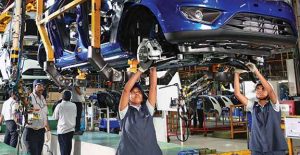 Indian Automotive supply chains have become very complex today. The need is to mitigate risks and reform multi-tier visibility to address bottlenecks with alternative procurement strategies. It is crucial to recalibrate supplier links and establish a committed crisis response capability. This can be achieved using specialised tools and established supply chain management techniques that make it possible to reduce errors and costs. The efforts to optimise the entire supply chain are dependent on the software layer dealing with logistics requirements like shipping status alerts and updates, order processing, lean inventory, warehouse management, specialised freight handling, bid and spend, supplier management, demand forecasting, analytics and reports, collaboration portals, security features, transportation and logistics, and compliance and auditing.
Indian Automotive supply chains have become very complex today. The need is to mitigate risks and reform multi-tier visibility to address bottlenecks with alternative procurement strategies. It is crucial to recalibrate supplier links and establish a committed crisis response capability. This can be achieved using specialised tools and established supply chain management techniques that make it possible to reduce errors and costs. The efforts to optimise the entire supply chain are dependent on the software layer dealing with logistics requirements like shipping status alerts and updates, order processing, lean inventory, warehouse management, specialised freight handling, bid and spend, supplier management, demand forecasting, analytics and reports, collaboration portals, security features, transportation and logistics, and compliance and auditing.
A mature supply chain
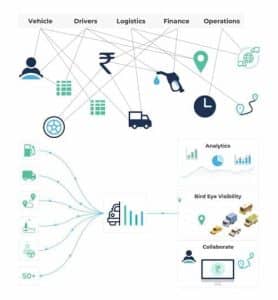 In end-to-end coverage, from departure to destination, the automotive supply chain solutions are designed to give utmost control, reliability and transparency. Emerging and maturing supply chain technology offers a major competitive advantage to the stakeholders of the industry. By 2026, more than 75 per cent of commercial supply chain management application vendors will deliver embedded Advanced Analytics (AA), Artificial Intelligence (AI) and data science. By 2026, 25 per cent of Supply Chain Execution (SCE) vendors will have rewritten their core application to a microservices architecture, but only five per cent of supply chain organisations will have adapted to true composability. Through 2025, 25 per cent of supply chain decisions will be made across intelligent edge ecosystems. Through 2026, 80 per cent of companies will suffer a significant value loss owing to failure in merging digital supply chain twin and control tower initiatives.
In end-to-end coverage, from departure to destination, the automotive supply chain solutions are designed to give utmost control, reliability and transparency. Emerging and maturing supply chain technology offers a major competitive advantage to the stakeholders of the industry. By 2026, more than 75 per cent of commercial supply chain management application vendors will deliver embedded Advanced Analytics (AA), Artificial Intelligence (AI) and data science. By 2026, 25 per cent of Supply Chain Execution (SCE) vendors will have rewritten their core application to a microservices architecture, but only five per cent of supply chain organisations will have adapted to true composability. Through 2025, 25 per cent of supply chain decisions will be made across intelligent edge ecosystems. Through 2026, 80 per cent of companies will suffer a significant value loss owing to failure in merging digital supply chain twin and control tower initiatives.
Technical tools
As per a study by V.Asokan and M.Shilpa, Research Scholar and Associate Professor respectively at the Department of Industrial Engineering & Management, Ramaiah Institute of Technology, Bengaluru, titled ‘Applications of Information Technology Tools For Supply Chain Management In Automotive Sector’, change has been brought in for accelerated evolution. The enterprises’ adoption of efficient and effective policies, technologies, practices, outsourcing, globalisation, time to market and customisation are a testimony. Frequently used IT tools such as EDI, ERP, bar codes, inventory management, transportation management, and warehouse management systems have been reviewed and adopted.
Cloud-based tech solutions are also helping manufacturers manage a new suppliers claiming greater agility and resilience. The cloud’s main objective is to ensure everything in your supply chain works in harmony. This tool offers multiple entities access to data which results in decreased costs and increases supply chain velocity while introducing a layer of data security. There are companies like ‘Fleetx’ offering software solutions for fleet management or transport management for clients including the likes of Delhivery, Maersk, MRF, LetsTransport, Suzuki among others. The software helps in digitisation of end-to-end logistics and fleet operations to improve efficiency, safety and reduce cost. Oracle’s NetSuite is cloud-based software used for Supply Chain Management. It enables companies to oversee the flow of goods from suppliers through manufacturing and into customers’ hands. It also keeps production running smoothly by ensuring all materials are available and in the correct locations, and accurately schedules machinery and labor resources. Spec India also has been delivering robust and comprehensive Supply Chain Software Solutions & Logistics Solutions which helps the automotive industry overcome many supply chain challenges.
Resilient planning
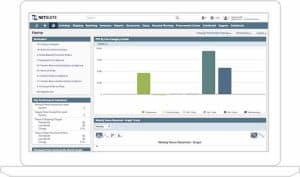 As per a McKinsey report authored by Knut Alicke, Cengiz Bayazit, Tim Beckhoff, Tacy Foster and Mihir Mysore, the supply chain upheavals show little sign of abating. Companies can address them by reconsidering outdated, short-term strategies and beginning the hard work of building structural resilience. This could be achieved in three stages: Firefighting, Integrating and streamlining operations, and Achieving structural resilience. In terms of firefighting, one potential response to supply chain problems is to focus on short-term or day-to-day actions. These tactics can help to some degree, particularly for identifying previously overlooked supply chain gaps. For integrating and streamlining operations, the need is to create a nerve center. Simulating and planning for extreme disruptions, and re-evaluating Just-In-Time(JIT) strategies; achieving structural resilience through the ‘digital twin’ of the most critical parts; creating and testing ‘what if’ scenarios to identify vulnerabilities and increase data sharing with suppliers are also crucial.
As per a McKinsey report authored by Knut Alicke, Cengiz Bayazit, Tim Beckhoff, Tacy Foster and Mihir Mysore, the supply chain upheavals show little sign of abating. Companies can address them by reconsidering outdated, short-term strategies and beginning the hard work of building structural resilience. This could be achieved in three stages: Firefighting, Integrating and streamlining operations, and Achieving structural resilience. In terms of firefighting, one potential response to supply chain problems is to focus on short-term or day-to-day actions. These tactics can help to some degree, particularly for identifying previously overlooked supply chain gaps. For integrating and streamlining operations, the need is to create a nerve center. Simulating and planning for extreme disruptions, and re-evaluating Just-In-Time(JIT) strategies; achieving structural resilience through the ‘digital twin’ of the most critical parts; creating and testing ‘what if’ scenarios to identify vulnerabilities and increase data sharing with suppliers are also crucial.
A greater role
 The future of the automotive supply chain will be influenced by technology with machine learning and artificial intelligence-based systems poised to deliver the greatest business impact. It will not only improve transparency or solve problems quickly but also make more accurate predictions. The need of the hour is to build a digital roadmap to manage strategic, dynamic, and flexible partnerships with private and public stakeholders to improve supply chain visibility and decision-making capabilities in a more responsive and customer-centric approach with new opportunities left to be tapped. ACI
The future of the automotive supply chain will be influenced by technology with machine learning and artificial intelligence-based systems poised to deliver the greatest business impact. It will not only improve transparency or solve problems quickly but also make more accurate predictions. The need of the hour is to build a digital roadmap to manage strategic, dynamic, and flexible partnerships with private and public stakeholders to improve supply chain visibility and decision-making capabilities in a more responsive and customer-centric approach with new opportunities left to be tapped. ACI


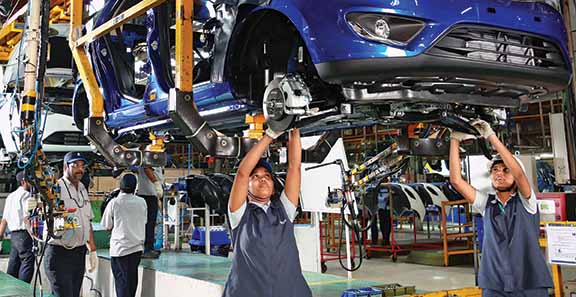



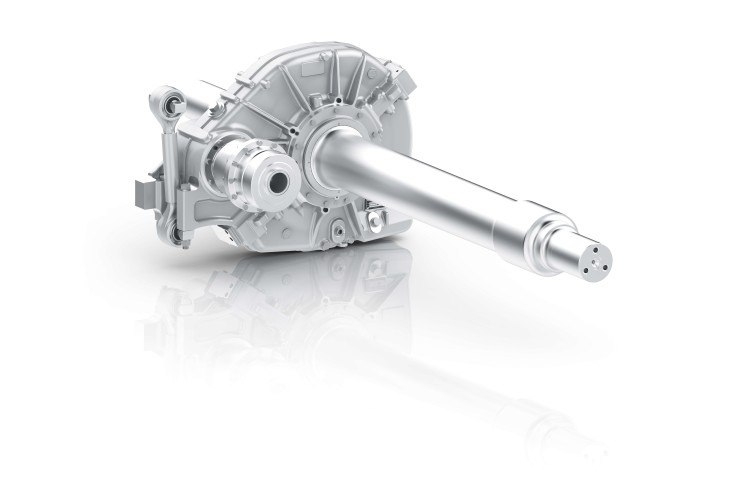

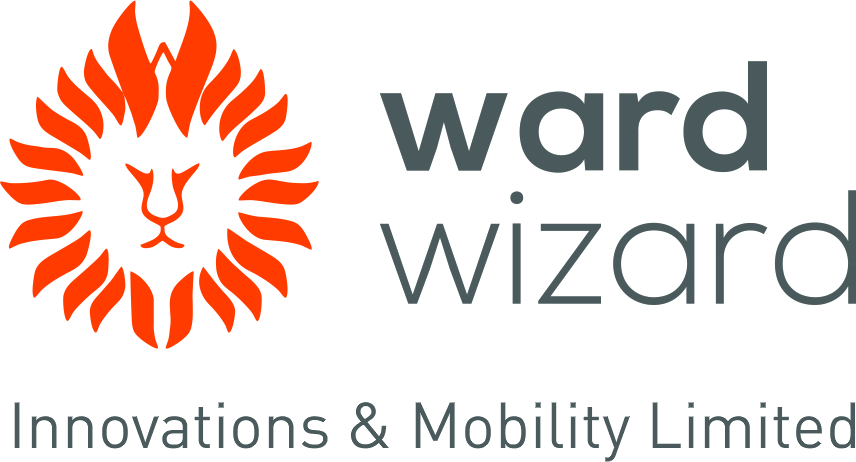


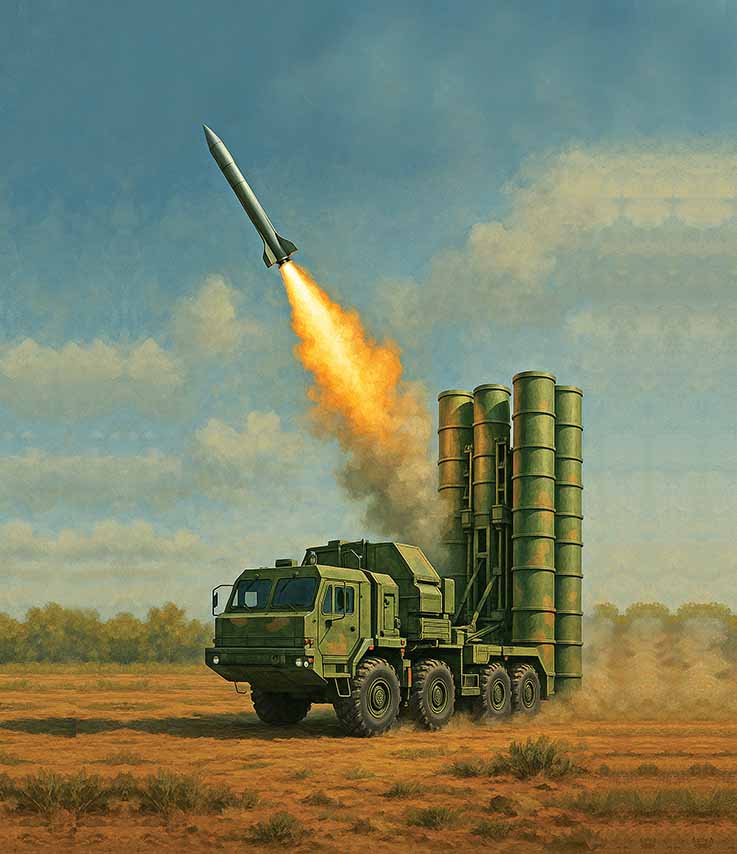


Leave a Reply